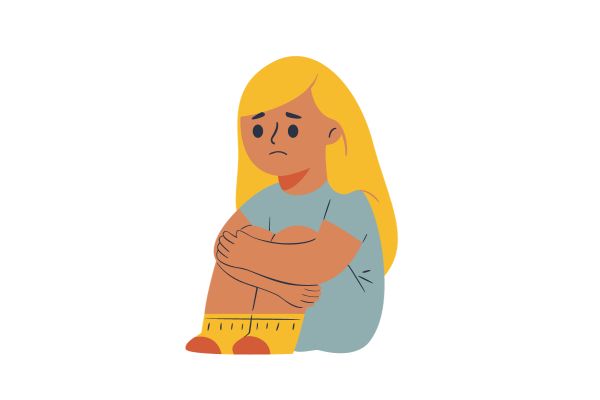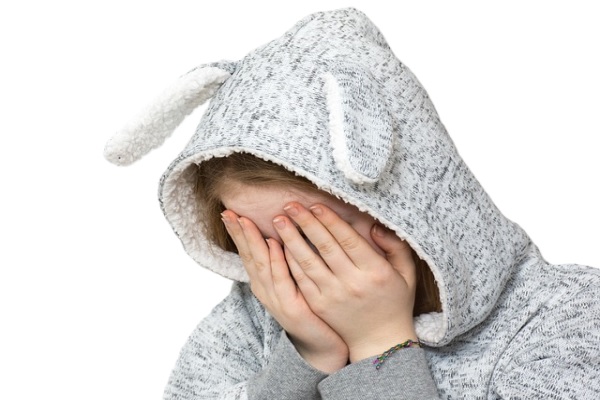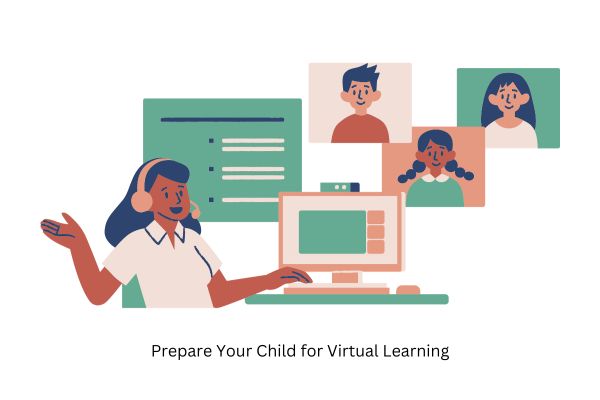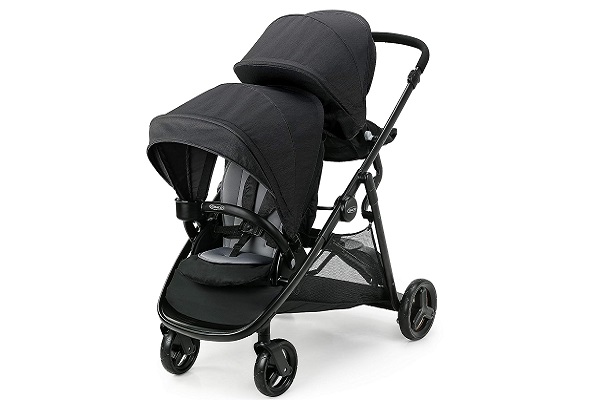In today’s fast-paced and often stressful world, it’s not uncommon for children to experience anxiety. According to the World Health Organization, a staggering 58 million children and adolescents worldwide are living with an anxiety disorder. These disorders can manifest in various ways, but they all share a common thread of excessive worry and fear. As a parent, understanding and addressing your child’s anxiety is crucial to their well-being and overall development. This article will delve into the complexities of parenting an anxious child, offering insights into recognizing the signs of anxiety and providing strategies to support them effectively.
The Role of a Parent
Parents are the foremost experts when it comes to understanding their children. You know your child’s quirks, preferences, and behaviors better than anyone else. So, when you notice that your child isn’t quite themselves, it’s essential not to ignore it. Children, no matter their age, want to feel seen, heard, and validated. Recognizing and addressing their anxiety is a powerful way to provide this support.
Recognizing the Physical Signs
Anxiety in children often manifests in various physical signs and behaviours. Being vigilant about these signs can help you identify when your child is struggling. Some common physical signs of anxiety in children include:

a. Acting Tense – Cannot Relax: Anxious children may appear constantly on edge, unable to relax or enjoy activities they once did.
b. Distracted: Anxiety can lead to heightened distractibility, making it challenging for a child to concentrate on tasks or schoolwork.
c. Avoiding School: School avoidance is a significant red flag. Anxious children might fear school due to social pressures, academic stress, or separation anxiety.
d. Worrying About Everything: Excessive worry is a hallmark of anxiety disorders. Anxious children may worry about various aspects of their lives, even minor issues.
e. Repeatedly Asking the Same Question: This behaviour can indicate a need for reassurance, a common coping mechanism for anxious children.
f. Complaining of Nausea: Physical symptoms like nausea can often accompany anxiety, reflecting the mind-body connection in anxiety disorders.
g. Apologizing Often: Excessive apologizing may stem from an anxious child’s fear of making mistakes or upsetting others.
h. Clingy Behavior: Anxious children may become overly clingy, seeking constant reassurance and comfort from their parents.
i. Crying: Frequent crying episodes can be a way for anxious children to release their pent-up emotions.
Assessing Frequency and Intensity
While it’s natural for children to exhibit some of these behaviors from time to time, it’s essential to consider the frequency and intensity of these signs. If these behaviors are becoming more prevalent and are starting to interfere significantly with your child’s daily life, it’s a red flag that should not be ignored. Effective communication with your child, especially in the case of teenagers, can provide valuable insights into the nature and triggers of their anxiety.
Parenting Mistakes That Can Significantly Impact Children’s Mental Strength
Conclusion
Parenting an anxious child can be challenging, but it is also an opportunity for growth and learning—for both you and your child. Recognizing the signs of anxiety and understanding the unique ways it manifests in your child is the first step toward offering them the support they need. Remember that children, no matter their age, want to be seen, heard, and validated. A safe and empathetic environment can help your anxious child navigate their anxiety, build resilience, and thrive in a world that often presents daunting challenges.





